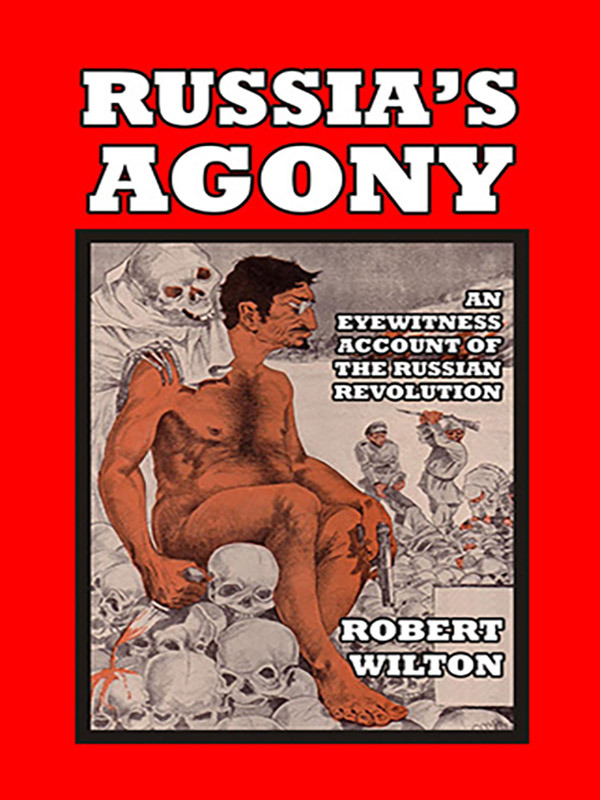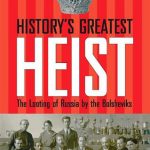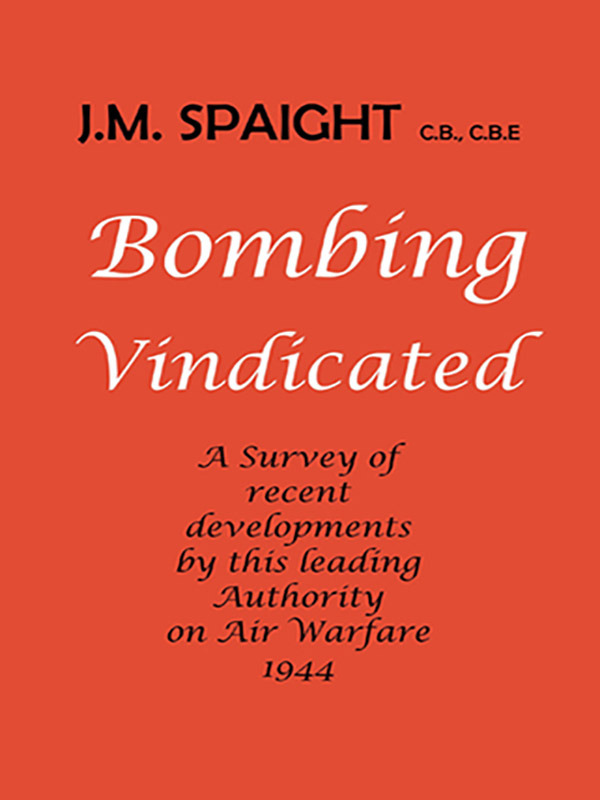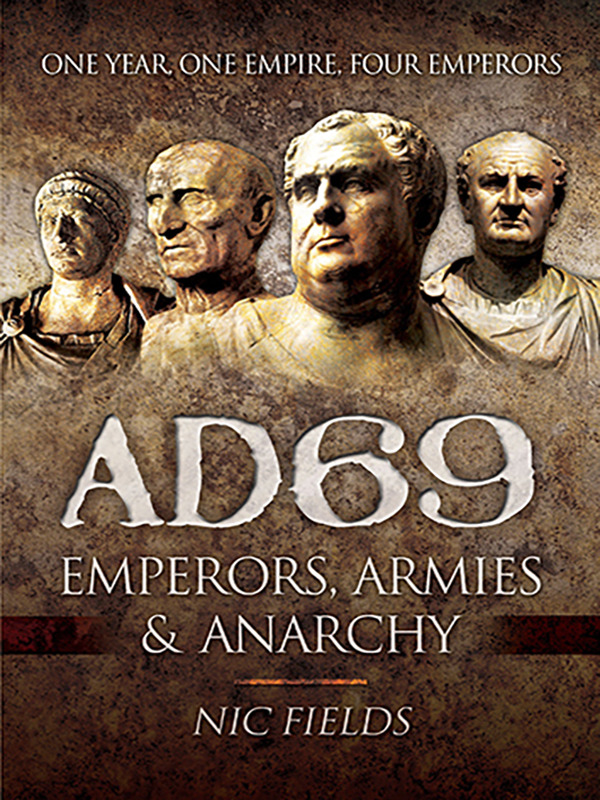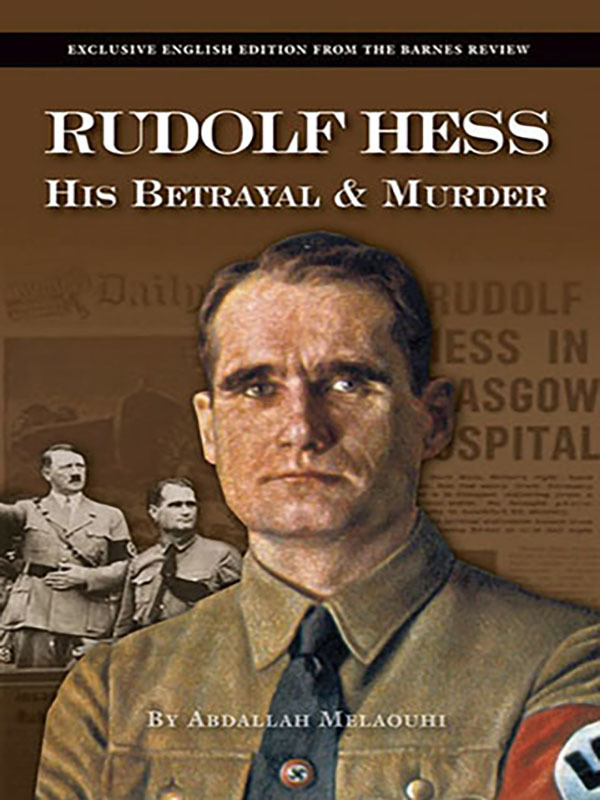Russia’s Agony: An Eyewitness Account of the Russian Revolution
$27.00
By Robert Wilton. Russia’s Agony: An Eyewitness Account of the Russian Revolution. The London Times correspondent in Russia provided the first Western eyewitness account of the monumental events that resulted in the creation of the Soviet Union. Wilton provides a full historical background and the disastrous course of WWI for Russia, which set the scene for the seizure of power by the Bolsheviks.
He then details the Red Terror’s full enormity, and ends with the optimistic—and incorrect—hope that Bolshevism and Communism would be short-lived. Although Wilton’s credentials were impeccable and his status unchallenged, this book was blacklisted because he dared to report openly on the overwhelming number of Jews amongst the Communist revolutionaries.
- Description
Description
By Robert Wilton. The London Times correspondent in Russia provided the first Western eyewitness account of the monumental events that resulted in the creation of the Soviet Union. Wilton provides a full historical background and the disastrous course of WWI for Russia, which set the scene for the seizure of power by the Bolsheviks.
He then details the Red Terror’s full enormity, and ends with the optimistic—and incorrect—hope that Bolshevism and Communism would be short-lived. Although Wilton’s credentials were impeccable and his status unchallenged, this book was blacklisted because he dared to report openly on the overwhelming number of Jews amongst the Communist revolutionaries.
He wrote:
“Bolshevism is not Russian—it is essentially non-national; its leaders belong almost entirely to the race that lost its country and its nationhood long ago. In April 1918, the Bolshevist “Government,” including 384 “Peoples’ Commissaries,” was represented by 2 negroes, 13 Russians, 15 Chinamen, 22 Armenians and Georgians, and more than 300 Jews. Of the last, 264 had come to Russia from the United States during the ‘Revolution.’
“I reported from Riga on the pernicious influence of Jewish Extremists. But this appeal to moderation was willfully distorted by the Jewish Press. Facts cited by me on the best authority were ‘proved’ to be non-existent, and a campaign of slander and intimidation followed. Now, I was threatened with nothing less than murder.
“Afterwards their numbers increased largely, and although they studiously concealed their identity under assumed Russian or Polish names, it became known that the principal ones were: Nahamkez-Steklov, Apfelbaum-Zinoviev, Rosenfeldt-Kamenev, Goldmann-Gorev, Goldberg-Mekowski, Zederbaum-Martov, Himmer-Sukhanov, Krachman-Zagorski, Hollander-Mieshkowski, Lourier-Larin, Seffer-Bogdanov. Among the leaders of this gang—under Lenin—were: Trotsky, whose real name was Bronstein, and Feldmann, alias Chernov.
“Moreover, the Press, almost entirely in Jewish hands, had gone over to the Soviet, and Moderate organs that would not publish the Soviet proclamations glorifying spoilation and promoting Anarchy had been summarily ‘expropriated’ on behalf of newly founded Socialist publications.
“The revolutionary pseudo-Jews were thus destroying Russia’s hopes of a national revival and dragging the country into disaster.”
This is the first modern edition to be completely reset and which contains all the hand-restored original pictures and maps.
About the author: Robert Archibald Wilton (1868–1925) was a British journalist who worked for the New York Herald in Europe, corresponding on both Russian and German affairs. A fluent Russian-speaker—his father had worked in that country—Wilton served as part of a British contingent with the Russian army during the First World War, and was awarded the Cross of St George. At the same time, he took up an appointment as the Times of London’s correspondent in St Petersburg. As such, he became the Anglo-Saxon speaking world’s best-known correspondent from Russia during the last years of the Tsarist regime and the Bolshevist Revolution. After the Revolution Wilton escaped from Russia and took up his former employment with the New York Herald. He died from cancer at the Hertford British Hospital in Paris, after authoring two books detailing his experiences in Russia: Russia’s Agony (1918) and The Last Days of the Romanovs (1920).
Contents
- Chapter I: Introduction
- Chapter II: Origins, Rise, and Decline
- Chapter III: Bureaucracy and Okhrana
- Chapter IV: The National Conscience
- Chapter V: Razputinism and the Court
- Chapter VI: German Influences
- Chapter VII: The Jews
- Chapter VIII: Conditions of Upheaval
- Chapter IX: Revolution versus Evolution
- Chapter X: Revolutionary Parties
- Chapter XI: The Revolution
- Chapter XII: The Soviet, “Coalition,” and Bolshevism
- Chapter XIII: Abdication and After
- Chapter XIV: Mutiny of the Sailors
- Chapter XV: “No Annexation and No Indemnity”
- Chapter XVI: Anarchy
- Chapter XVII: The Outbreak of Hostilities
- Chapter XVIII: Poor Armaments; Splendid Army
- Chapter XIX: Soldau-Tannenberg and After
- Chapter XX: “The Hun within the Gates”
- Chapter XXI: Nationality Problems
- Chapter XXII: Short-Lived Victory
- Chapter XXIII: The Bolshevist Betrayal
- Chapter XXIV: The Fight with Bolshevism
- Chapter XXV: The Hope of Russia
- Chapter XXVI: The New Russia
- Appendix I: Declaration of the Progressive Bloc
- Appendix II: The “Soldiers’ Charter”
- Appendix III: Foreign Trade of Russia
- Index
Contains all original pictures and maps.
Softcover, illustrated, 337 pages

